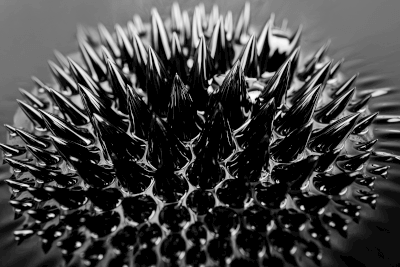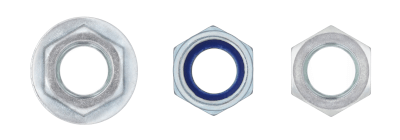What Is High Speed Steel?
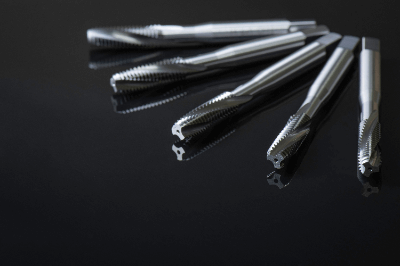 High Speed Steel is one of the materials used for cutting tools in metalworking.
High Speed Steel is one of the materials used for cutting tools in metalworking.
It was developed to be a material for tools that enable cutting of metal materials at higher speeds. High speed steel is a high carbon steel with alloying elements. It is sometimes referred to as “HSS” for short.
HSS can be used for almost all workpiece materials, but the cutting point temperature must be 600°C or lower because the hardness of the steel decreases rapidly at temperatures above that.
Uses of High Speed Steel
High Speed Steel, as the name implies, is a material developed for high speed cutting. It is often used for cutting tools and blades. At the time of its development, it was designed for high-speed cutting, but today, cemented carbide tools, made from cemented carbide, are more capable of high-speed cutting.
In addition to cutting tools, it is also used for cold working tools and for molds for plastic forming, taking advantage of its superior wear resistance and hardness.
Properties of High Speed Steel
High Speed Steel is the hardest type of steel, but it is softer than cemented carbide, making it resistant to impact during machining. It has the advantage of being less prone to defects such as tool cracking, chipping, and breakage, and is superior when chipping resistance is required or when cost is to be reduced.
On the other hand, it has the disadvantage of being susceptible to heat during machining due to its property of rapidly losing hardness at temperatures above about 600°C. Therefore, care must be taken to prevent heat from being applied to the tool, such as by reducing the cutting speed and using coolant appropriately.
Compared to cemented carbide tools, which excel in cutting speed, wear resistance, and heat resistance, high speed steel has many disadvantages. Especially in the machining of mass-produced products, where machining efficiency directly affects cost, more parts can be machined in the same amount of time using cemented carbide tools.
As a result, even though carbide tools cost more per tool, in many cases, carbide tools are superior in terms of cost because of their longer life and faster machining.
Types of High Speed Speed Tool Steel
High Speed Steel can be roughly divided into two types: tungsten-based (W-based) and molybdenum-based (Mo-based).
1. Tungsten Type
Tungsten high speed steels are high-carbon steels to which tungsten or other elements are added.
18% tungsten is the basic type, also called 18-4-1 type, where 18 stands for tungsten, 4 for chromium (Cr), and 1 for vanadium (V). It is mainly used for lathe turning tools.
2. Molybdenum Type
Molybdenum high-speed steels were developed as a lower-cost version of tungsten-based steels. It contains about 5% molybdenum and 6% tungsten.
Compared to the tungsten type, it is superior in hardness and viscosity, and is used for drills that are subject to impact because of its impact resistance.
The addition of cobalt to both tungsten-based and molybdenum-based steels increases their wear resistance compared to those without cobalt, and they are selected when stronger wear resistance is required.
Other Information on High Speed Steel
Hardness of High Speed Steel
High Speed Steel has a Vickers hardness of 722 HV. S45C, a carbon steel commonly used in general steel products, is 201-269 HV, indicating that it is very hard among steels.
Cemented Carbide has a hardness of 1700-2050 HV, which is about three times that of high speed steel, making it the most frequently used tool in the cutting process.
Therefore, high speed steel, which is inexpensive and easy to regrind with a grinder, is second only to cemented carbide tools in the field of machining.
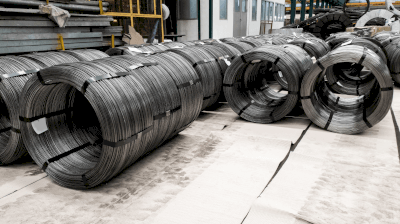

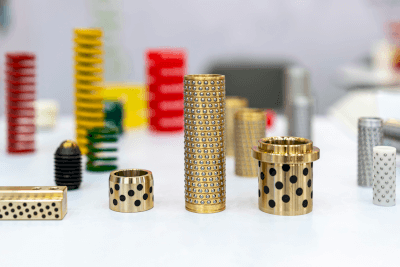 Copper alloy is a composition of
Copper alloy is a composition of 